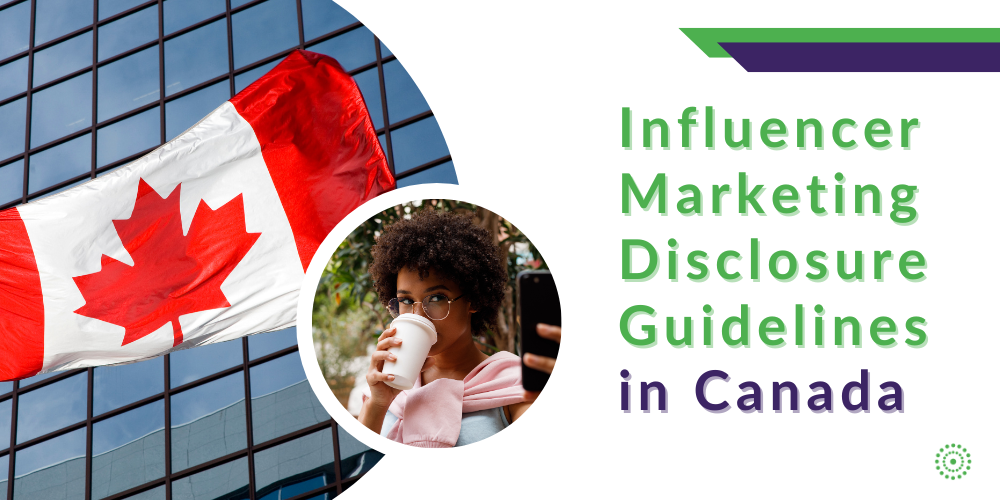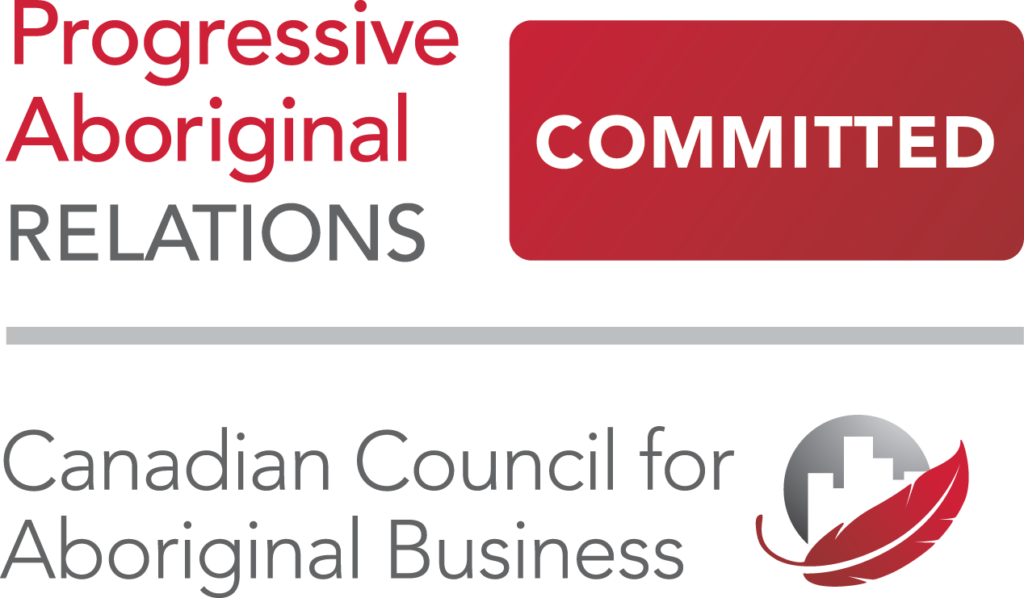In Canada, influencer marketing has experienced significant growth and has become a favored strategy for advertisers to promote their brands. By leveraging the trust and engagement influencers have established with their audience, influencer marketing aims to harness their credibility to enhance brand visibility, expand audience reach, and ultimately increase sales and brand loyalty. As this digital marketing trend continues to evolve, regulators have taken steps to establish guidelines to ensure transparency and authenticity in influencer marketing practices.
Similar to how the Federal Trade Commission (FTC) in the US aims to protect consumers from deceptive and unfair business tactics, the Competition Bureau is a government arm in Canada responsible for the Competition Act. The objective of this act is to prevent fraud and eliminate deceptive marketing practices specifically in Canada. To help influencers abide by the act, Ad Standards Canada (ASC) brought together members of the influencer marketing industry to form an Influencer Marketing Steering Committee in 2017 for the purpose of creating a set of “rules” or guidelines.
The Influencer Disclosure Guidelines, which was released in 2018 includes best practices and examples of what you should and shouldn’t do when disclosing a sponsored marketing partnership. The guidelines were further revised in 2020 to include platform-specific examples from popular social media platforms such as TikTok, Instagram, Snapchat, and Twitter. Additionally, the updates also offer guidance on disclosure best practices for affiliate marketing and refer-a-friend programs, ensuring transparency and compliance in influencer marketing activities.
Here, we’ve outlined a summary of the do’s and don’ts highlighted in the guidelines for easy reference
Do's
-
- Disclosures should be clear and use widely accepted hashtags. Examples: #ad, #sponsored, #XYZ_Ambassador, #XYZ_Partner (where “XYZ” is the brand name)
-
- If a creator uses a lot of hashtags/mentions at the end of their content, then the disclosure should always be prior to those hashtags/mentions.
-
- Disclosures need to be clear and conspicuous.
-
- Disclosures should be independent of social media networks or channel-specific settings.
-
- In videos, disclosures should be upfront and identifiable.
-
- Disclosures should be made in the language of the endorsement.
-
- Disclosures should be in close proximity to the endorsement.
-
- Disclosures should be specific about the brand, product, or service that was given.
- Disclosures should be written with unambiguous language and should be clearly communicated.
Don'ts
- Don’t bury or hide disclosures under a long list of hashtags or descriptions of a post.
- Don’t blanket disclosures of multiple endorsements or types of partnerships into one. Be clear and specific about each endorsement or partnership.
- Don’t simply “tag” the brand.
- Don’t use ambiguous or fabricated hashtags.
- Don’t use ambiguous phrases or language.
You can view the complete Influencer Disclosure Guidelines HERE for more detailed information and examples of when and how to disclose.
Please note that as technology advances and marketing trends evolve, these guidelines are meant to be a living document that will be regularly updated. If you have any questions or need support on your influencer marketing strategy in Canada – reach out to one of our experts today!
Disclaimer: This blog post is written for informational purposes only and should not be construed as legal advice. We recommend that you still consult with a legal advisor.










